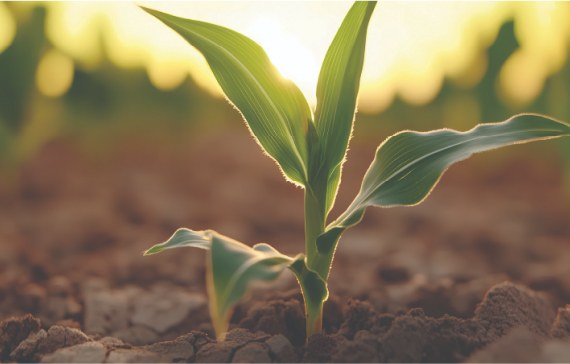Advanced crop solutions for more efficient and sustainable agriculture
As leading experts in adjuvant, co-formulant, and plant health technologies, we offer innovative solutions for more efficient and safer agricultural products. Through a globally integrated production and R&D network, we transform market needs into new products and services for customers around the world.
Discover how we help lay the foundations of future-proof farming.
Our solutions
Latest news

Product
Synergen™ Soil
Synergen™ Soil is a glucamide-based soil adjuvant technology which is designed to increase soil moisture and reduce water loss by improving water penetration on non-wettable soils. By enhancing water management in the rootzone it improves plant health and can enhance the efficacy of agricultural inputs.
Linkedin
Crop Solutions at ISAA 2025
Crop Solutions team at ISAA 2025 in Rio de Janeiro, Brazil


